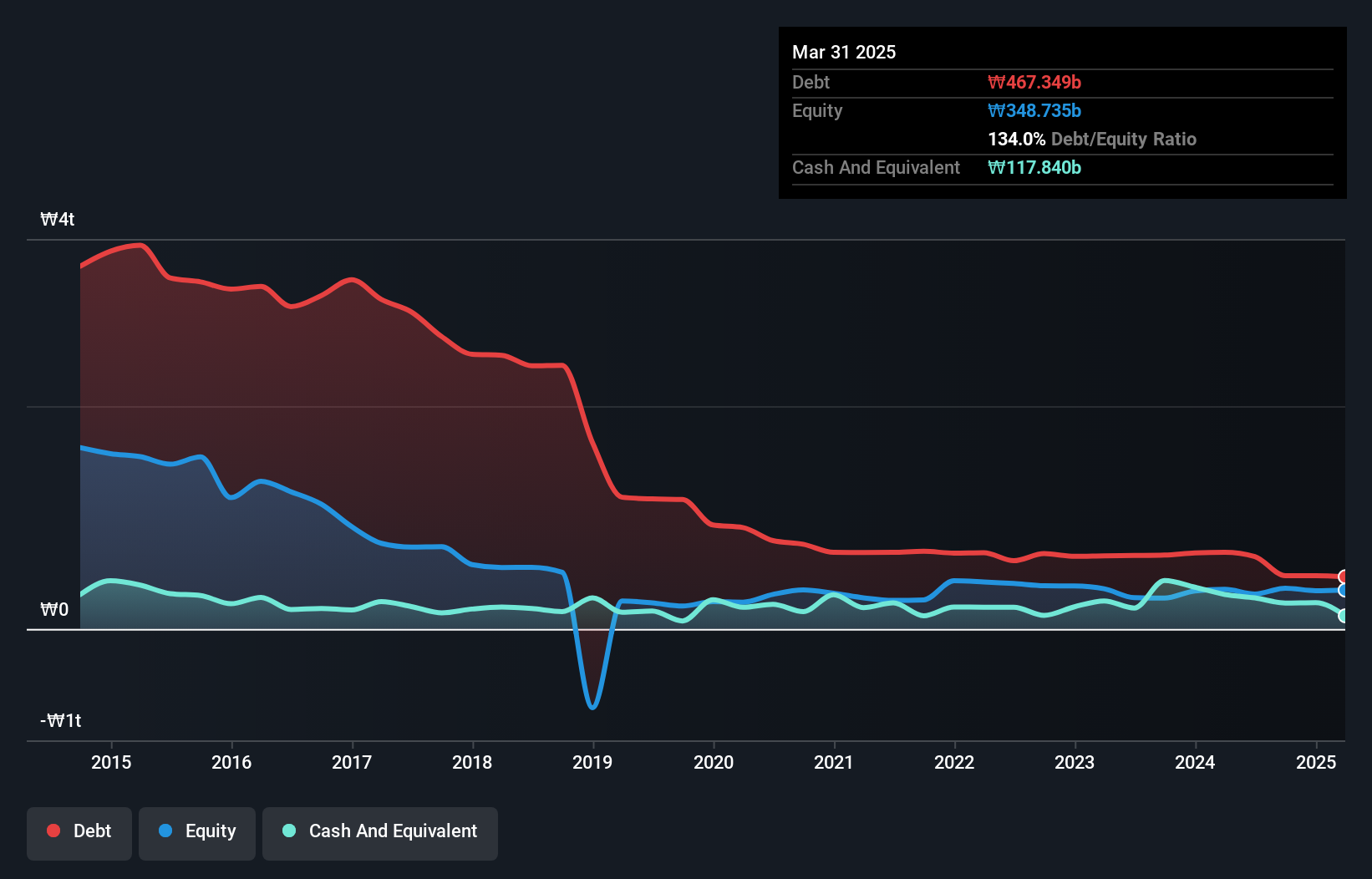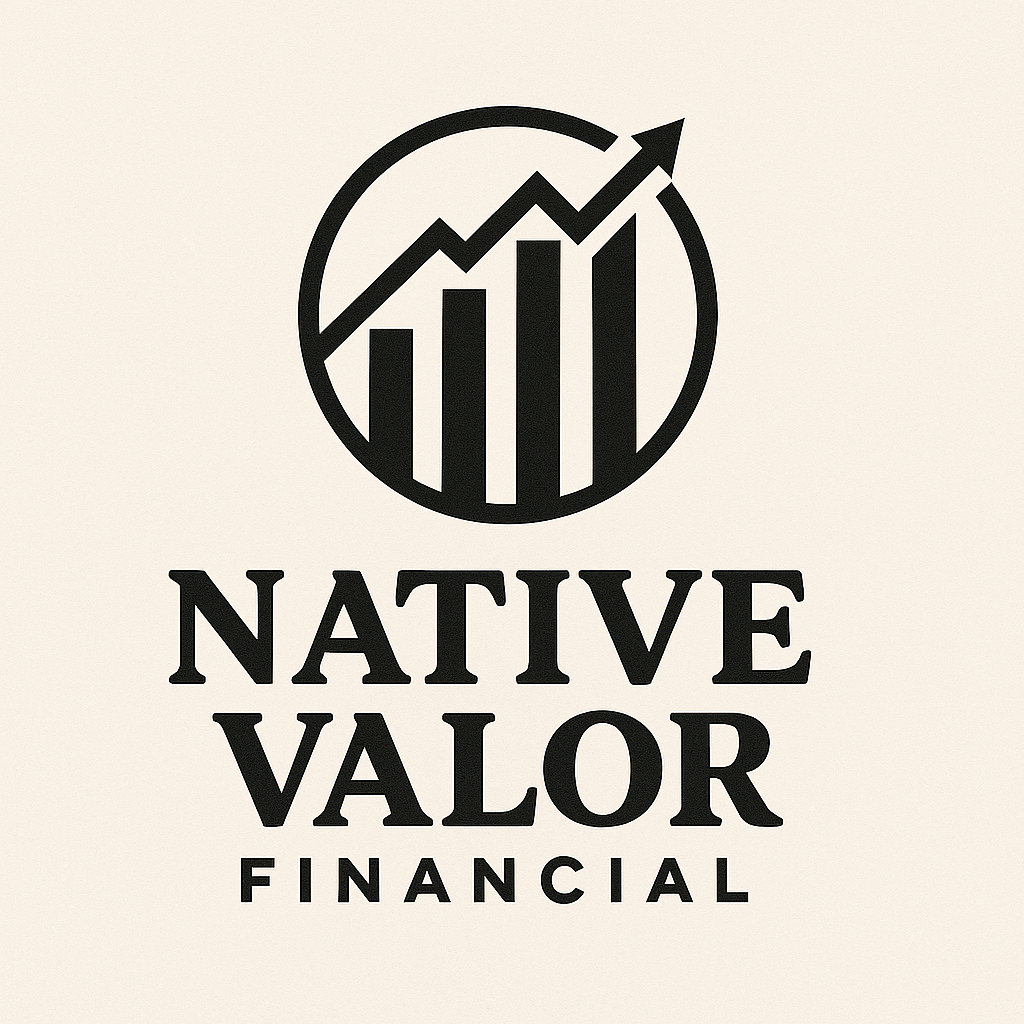- South Korea
- /
- Machinery
- /
- KOSE:A097230
HJ Shipbuilding & Construction (KRX:097230) Use Of Debt Could Be Considered Risky
Legendary fund manager Li Lu (who Charlie Munger backed) once said, 'The biggest investment risk is not the volatility of prices, but whether you will suffer a permanent loss of capital.' It's only natural to consider a company's balance sheet when you examine how risky it is, since debt is often involved when a business collapses. We can see that HJ Shipbuilding & Construction Co., Ltd. (KRX:097230) does use debt in its business. But the real question is whether this debt is making the company risky.
Why Does Debt Bring Risk?
Debt and other liabilities become risky for a business when it cannot easily fulfill those obligations, either with free cash flow or by raising capital at an attractive price. If things get really bad, the lenders can take control of the business. However, a more frequent (but still costly) occurrence is where a company must issue shares at bargain-basement prices, permanently diluting shareholders, just to shore up its balance sheet. By replacing dilution, though, debt can be an extremely good tool for businesses that need capital to invest in growth at high rates of return. The first step when considering a company's debt levels is to consider its cash and debt together.
What Is HJ Shipbuilding & Construction's Debt?
As you can see below, HJ Shipbuilding & Construction had ₩467.3b of debt at March 2025, down from ₩688.4b a year prior. However, it also had ₩117.8b in cash, and so its net debt is ₩349.5b.

How Healthy Is HJ Shipbuilding & Construction's Balance Sheet?
We can see from the most recent balance sheet that HJ Shipbuilding & Construction had liabilities of ₩1.56t falling due within a year, and liabilities of ₩310.1b due beyond that. Offsetting this, it had ₩117.8b in cash and ₩158.8b in receivables that were due within 12 months. So it has liabilities totalling ₩1.59t more than its cash and near-term receivables, combined.
The deficiency here weighs heavily on the ₩702.8b company itself, as if a child were struggling under the weight of an enormous back-pack full of books, his sports gear, and a trumpet. So we'd watch its balance sheet closely, without a doubt. After all, HJ Shipbuilding & Construction would likely require a major re-capitalisation if it had to pay its creditors today.
View our latest analysis for HJ Shipbuilding & Construction
We use two main ratios to inform us about debt levels relative to earnings. The first is net debt divided by earnings before interest, tax, depreciation, and amortization (EBITDA), while the second is how many times its earnings before interest and tax (EBIT) covers its interest expense (or its interest cover, for short). Thus we consider debt relative to earnings both with and without depreciation and amortization expenses.
HJ Shipbuilding & Construction shareholders face the double whammy of a high net debt to EBITDA ratio (11.8), and fairly weak interest coverage, since EBIT is just 0.042 times the interest expense. This means we'd consider it to have a heavy debt load. One redeeming factor for HJ Shipbuilding & Construction is that it turned last year's EBIT loss into a gain of ₩1.5b, over the last twelve months. There's no doubt that we learn most about debt from the balance sheet. But it is HJ Shipbuilding & Construction's earnings that will influence how the balance sheet holds up in the future. So if you're keen to discover more about its earnings, it might be worth checking out this graph of its long term earnings trend.
But our final consideration is also important, because a company cannot pay debt with paper profits; it needs cold hard cash. So it's worth checking how much of the earnings before interest and tax (EBIT) is backed by free cash flow. During the last year, HJ Shipbuilding & Construction burned a lot of cash. While that may be a result of expenditure for growth, it does make the debt far more risky.
Our View
On the face of it, HJ Shipbuilding & Construction's conversion of EBIT to free cash flow left us tentative about the stock, and its level of total liabilities was no more enticing than the one empty restaurant on the busiest night of the year. Having said that, its ability to grow its EBIT isn't such a worry. Considering all the factors previously mentioned, we think that HJ Shipbuilding & Construction really is carrying too much debt. To our minds, that means the stock is rather high risk, and probably one to avoid; but to each their own (investing) style. When analysing debt levels, the balance sheet is the obvious place to start. However, not all investment risk resides within the balance sheet - far from it. Case in point: We've spotted 1 warning sign for HJ Shipbuilding & Construction you should be aware of.
If, after all that, you're more interested in a fast growing company with a rock-solid balance sheet, then check out our list of net cash growth stocks without delay.
Valuation is complex, but we're here to simplify it.
Discover if HJ Shipbuilding & Construction might be undervalued or overvalued with our detailed analysis, featuring fair value estimates, potential risks, dividends, insider trades, and its financial condition.
Access Free AnalysisHave feedback on this article? Concerned about the content? Get in touch with us directly. Alternatively, email editorial-team (at) simplywallst.com.
This article by Simply Wall St is general in nature. We provide commentary based on historical data and analyst forecasts only using an unbiased methodology and our articles are not intended to be financial advice. It does not constitute a recommendation to buy or sell any stock, and does not take account of your objectives, or your financial situation. We aim to bring you long-term focused analysis driven by fundamental data. Note that our analysis may not factor in the latest price-sensitive company announcements or qualitative material. Simply Wall St has no position in any stocks mentioned.
About KOSE:A097230
HJ Shipbuilding & Construction
Engages in the defense and special shipbuilding, civil engineering, construction/housing, and plant construction business in South Korea.
Low risk with questionable track record.
Market Insights
Community Narratives



